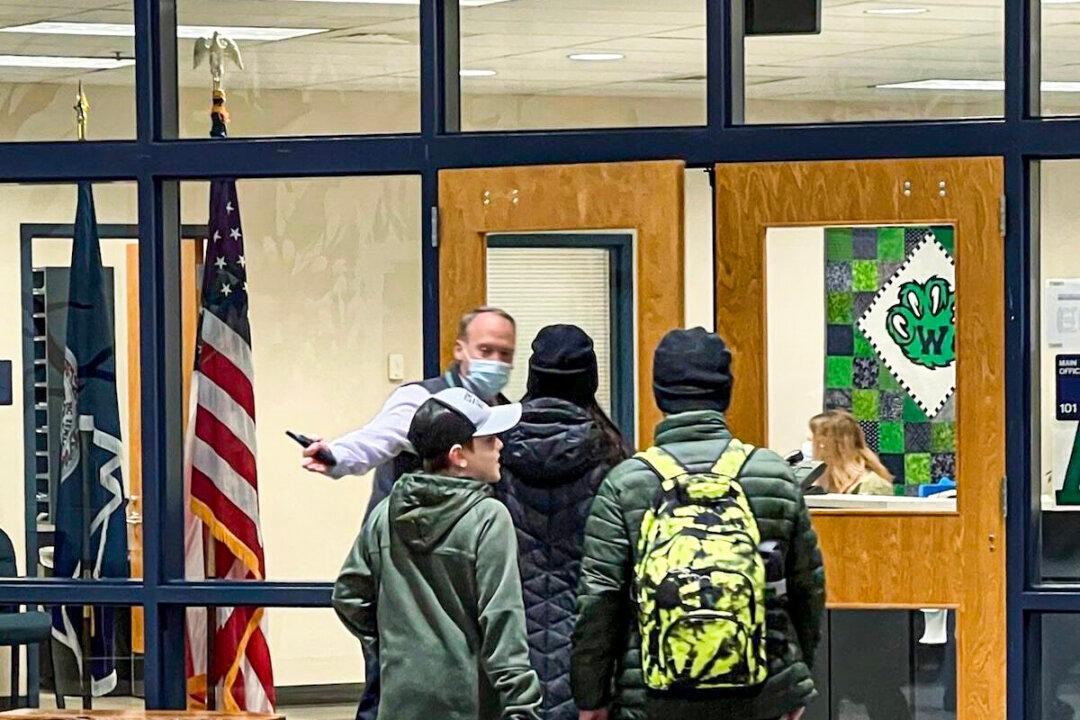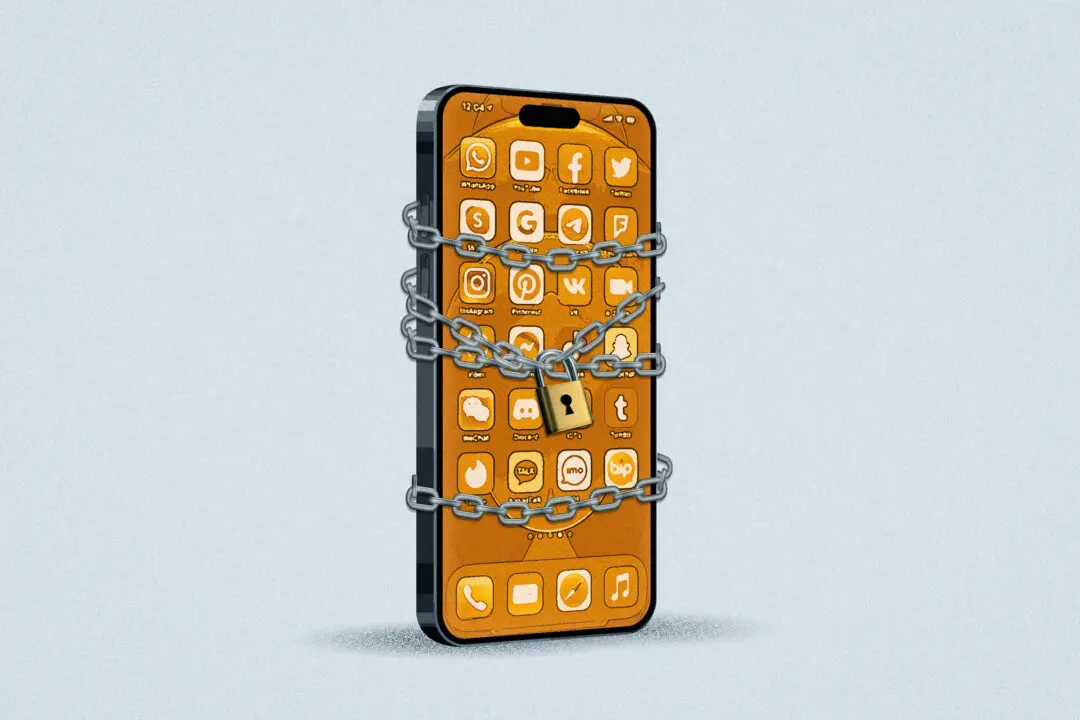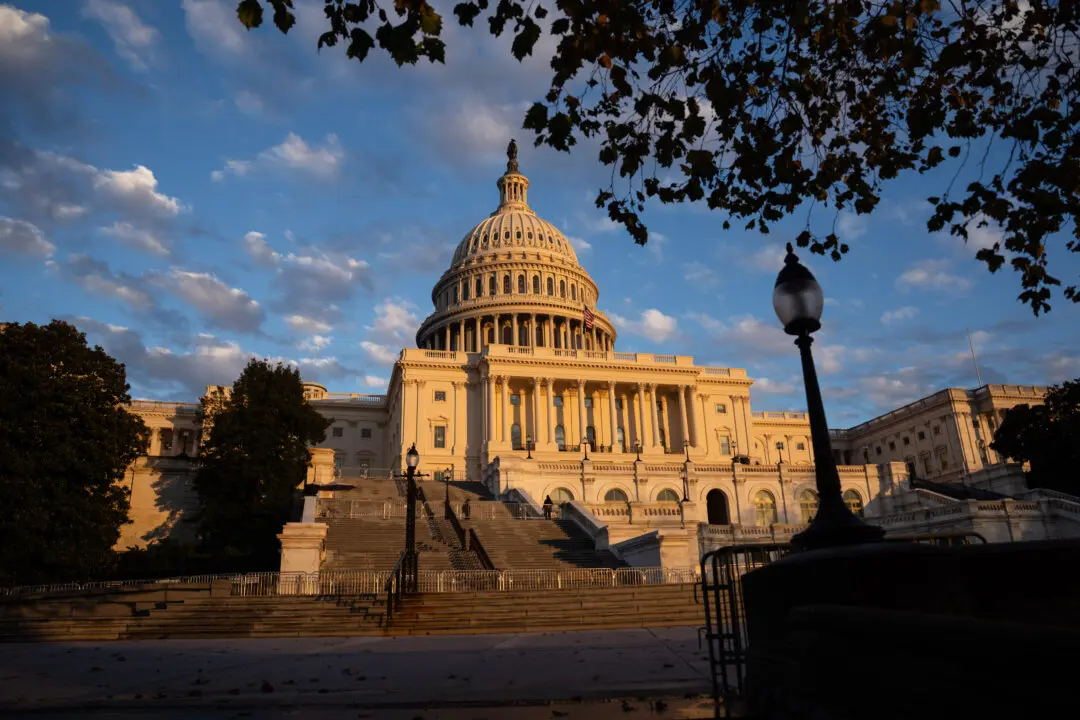Enrollment in U.S. public schools grew by only 77,000 students in the fall of 2021 after dropping by 1.4 million the year before, according to new data from the National Center for Education Statistics (NCES).
The figures suggest that the public school system failed to gain back the confidence of the parents who withdrew children en masse in response to pandemic-era lockdowns, masking requirements, and increased dissatisfaction with K–12 education.





